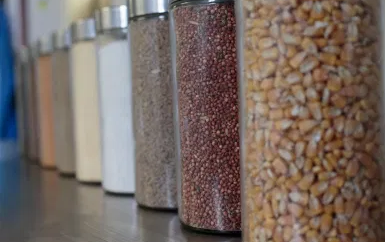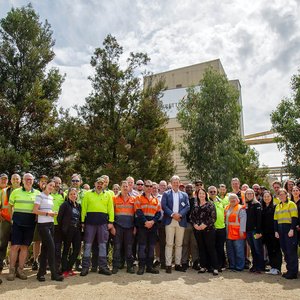CSIRO and Food Recycle Ltd. are working together on a collaborative research project to investigate the inclusion of food waste in feed for Australian aquaculture production. Food Recycle Ltd. is an Australian company that collects food waste from multiple locations including restaurants, pubs, hospitals, fresh food markets, bakeries and food processing facilities, and utilizes patented processes to transform the waste material into ingredients suitable for animal feed use. CSIRO will validate these food waste ingredients in feed for aquaculture.
There is an ongoing focus in aquaculture nutrition research to find new and alternative nutrient sources that do not rely on wild-caught marine-derived ingredients or ingredients that are already heavily utilized by other animal production (e.g. soybean meal). However, the options for other ingredients are limited due to many factors relating to their nutrient composition and obtaining a constant supply.
Food waste could provide a new, affordable and readily accessible nutrient source for locally produced Australian aquaculture. Due to the mixture of sources, food waste can be a diverse source of micronutrients including vitamins, minerals and lesser understood nutrients like nucleotides and organic acids which may be required by some aquatic animals. In this way, food waste may be able to meet the requirements for lesser-known trace nutrients which would otherwise be deficient in ingredients derived from a single plant source like soybean meal.
“Although there are many potential benefits to the use of food waste for aquaculture feed, its success will rely on its nutrient profile and bioavailability. Re-utilizing food waste is complicated because of the highly variable composition, making it almost impossible to obtain consistent batches. Another consideration is the availability of nutrients from food wastes where fractions that are indigestible for humans (e.g. vegetable peelings and bones) may have poor utilization for aquaculture species. However, such wastes can become more available through processing methods,” researchers said.
This collaborative project will assess formulation strategies to include food waste into aquaculture feed and assessed the nutrient bioavailability in two key Australian aquaculture species: black tiger shrimp and barramundi.
Watch the video below describing the R&D activities between CSIRO and Food Recycle Ltd.













